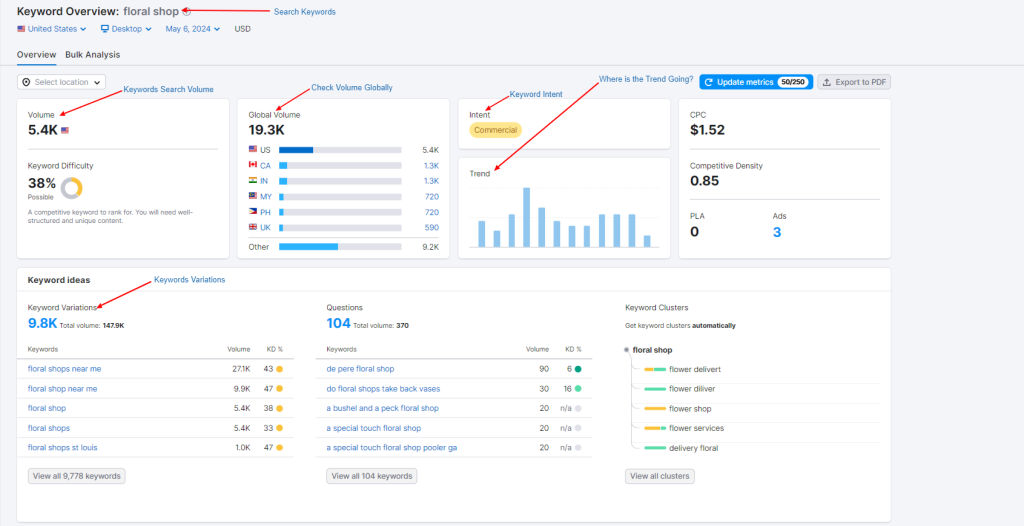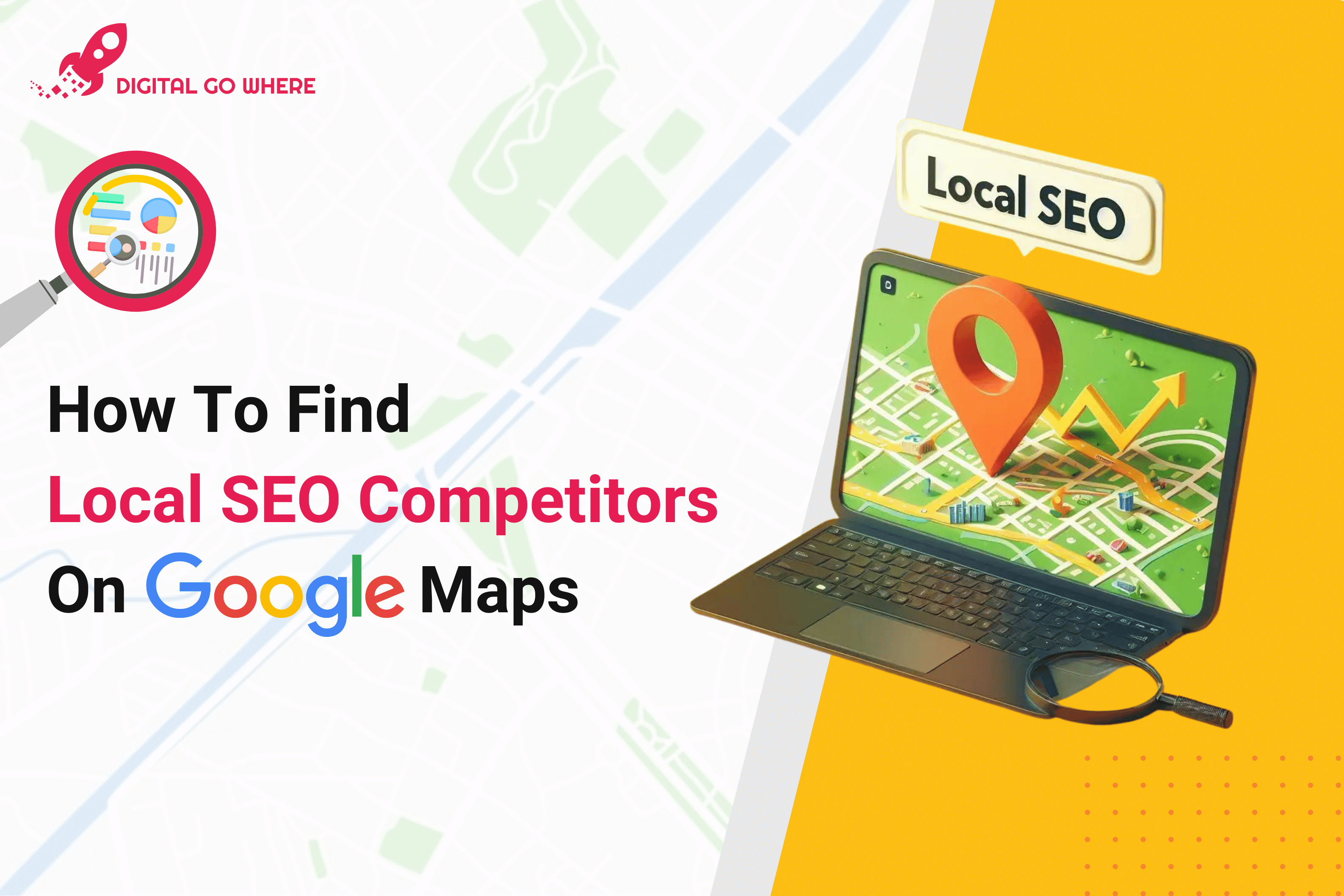Understanding your local SEO competitors on Google Maps is a strategic move for any business aiming to boost its online visibility. This guide will walk you through the steps to identify these competitors, a crucial aspect of optimizing your content, backlinks, and citation strategies.
Join us in exploring local SEO and discover how to make your business stand out.
Table of Contents
Local SEO is a practical tool for businesses aiming to capture customers’ attention in their immediate geographical area. Knowing who your competitors are lets you devise strategies to propel your business in search rankings.
This guide simplifies finding these competitors on Google Maps, providing you with practical steps for any local business’s online success.
Setting Up Your Business Listing
The foundation of local SEO is your Google Maps business listing. This is where potential customers find essential information about your business and where you start your journey to understand the competitive landscape.
Choosing The Right Keyword
Keywords are the backbone of SEO. For instance, if you operate a floral shop, you can start with broad keywords like ‘florist’ or ‘flower shop.’ To attract more specific searches, consider using ‘wedding bouquets’ or ‘custom flower arrangements.’ Both types of keywords can help drive the right kind of traffic to your business.
Utilizing Local SEO Tools
- Semrush: Offers capabilities for keyword research, analyzes local competitors, and audits SEO.
- Synup: Delivers insights on your business’s performance across local directories, search engines, and review platforms.
- Yext: Streamlines the management of reviews and local pages and integrates with numerous local directories for better visibility.
- Google My Business: Essential for local SEO, claiming and optimizing your Google Business Profile can significantly impact local search visibility, as Google often prioritizes local businesses in search results.
- GeoRanker: Enhances SEO strategies and boosts online visibility in specific geographic areas by providing targeted data.
- Google Search Console: Offers invaluable insights into SEO performance, detailing search queries, page clicks, and keywords your site ranks for.
- GrowthBar: Provides local SEO insights, suggests local keywords, and identifies high-performing keywords of local competitors.
These tools enhance a business’s local online presence, ensuring better visibility and increased traffic from nearby searchers.
Analyzing and Tracking Competitors
Once your listing is set up and optimized with the right keywords, the next step is to delve into your local competition. This includes examining direct competitors (other floral shops) and indirect competitors (such as gift shops or wedding planners).

Keyword monitoring and Reviews
Monitoring keywords specific to your industry, such as “sustainable floral arrangements” or “local flower delivery,” helps you see who else is competing for these terms. Reading competitors’ reviews on Google Maps can also provide insights into their business practices, customer service, and product quality.

Leveraging Advanced Local SEO Tools
Advanced SEO tools like BrightLocal or Yext can help refine your search for competitors by providing detailed reports on search performance and competitor activity. These tools can also suggest additional, potentially lucrative keywords based on industry trends and search data.
Expanding Competitor Analysis
Consider exploring related business categories to understand your competitive landscape. This could mean analyzing decor stores or event venues for a floral shop, as these businesses might also compete for similar keywords.
Benchmarking against Local SEO competitors
Use tools like SpyFu to benchmark your SEO performance against your competitors. Understanding their strengths and weaknesses can help you tailor your SEO strategies more effectively, focusing on areas where you can outperform them.
Optimizing Your Local SEO Strategy
After a thorough keyword research competitor analysis and analysis of your competitors, you can confidently start refining your SEO strategy. This might involve enhancing your google maps business listing, adding high-quality images of your products, or responding promptly to customer reviews. Rest assured, these steps are proven to be effective in boosting your SEO efforts.
Continuous Keyword Tracking For Local SEO
It’s vital to keep tracking a wide range of keywords to stay competitive. This constant monitoring helps ensure that you remain visible for both broad and niche searches, adapting to changes in consumer behaviour and market conditions.
Conclusion
At Digital Go Where, we understand the power of a well-executed local SEO strategy. Identifying your local competitors through Google Maps is not just about knowing who they are but strategically positioning your business to outshine them in search results with the help of a digital marketing agency.
You can significantly boost your local SEO efforts by meticulously setting up your business listing, choosing and tracking the right keywords, and applying insights gained from a thorough analysis of competitors.








